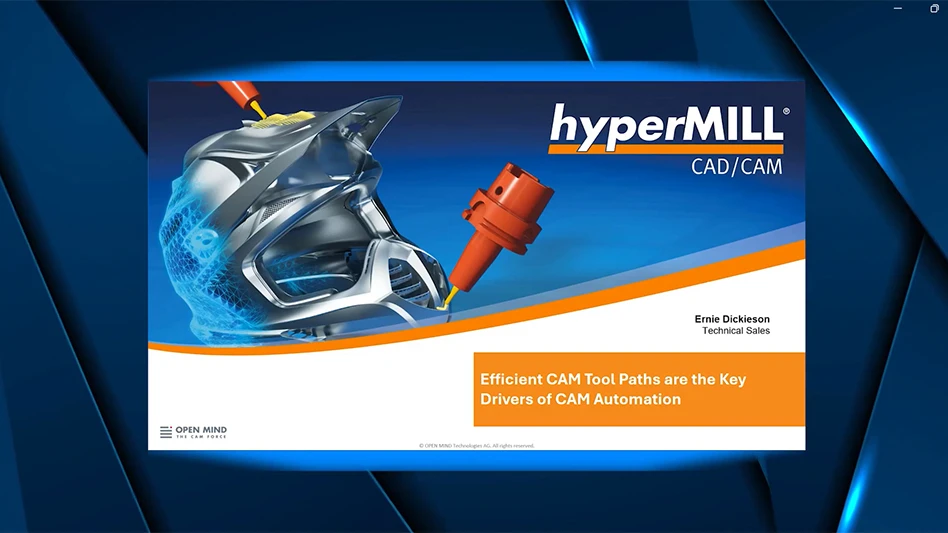 Eric Brothers Eric BrothersSenior Editor ebrothers@gie.net |
U.S. Secretary of Defense Chuck Hagel has submitted the Defense Department’s Fiscal Year 2015 Budget Proposal seeking $495.6 billion. Two-thirds of this amount is to pay for daily operating expenses, and the remaining $159.3 billion is to pay for modernization and recapitalization of equipment and facilities, plus research and development. Two items the budget seeks to cut are familiar to military aviation enthusiasts: the U.S. Air Force’s close-air support platform – the A-10 Warthog – and the legacy U-2 surveillance airplanes. In the realm of high-altitude assets, the U-2 spy plane’s latest versions are being retired in favor of the unmanned Global Hawk system. The high-flying recon drones can accomplish most of the goals of the venerable U-2s, allowing the latter to be retired without compromising the recon mission. However, we risk losing the Air Force’s expertise with high-altitude environmental support, including space suits, and the regimen of flight medicine specific to personnel operating in near-space. No other current aircraft in the U.S. Air Force inventory requires such expertise, so some effort needs to be made to retain that knowledge, because, eventually, defending the high frontier will require its mastery. On the other hand, we need to keep the A-10. The utilitarian Thuderbolt II – never as glamorous as air-superiority fighters in Air Force circles – nevertheless draws strong support from grunts who owe their lives to its combat durability and its ability to devastate mechanized armor. But Secretary Hagel and others says it’s too specialized in its role, which the F-35A will assume when it enters Air Force service in 2017. Despite the fact that the government is taking steps to strengthen the wings of its A-10 fleet, the budget proposes to eliminate the planes entirely during the next five years to save $3.5 billion. They won’t be mothballed; they’ll just be cut up for scrap. It’s not the first time the Air Force has tried to rid itself of this air-to-ground weapons system, and Congress may reconsider the proposal, based in part on the aircraft’s enthusiastic support among veterans. While an argument can be made that the A-10 could be replaced with an armored drone, there is no vehicle on the drawing board as capable as the Warthog. Nothing else can deliver 30mm rounds in bursts up to 3,900 rounds per minute like the A-10’s GAU-8, 7-barrel rotary cannon. It remains to be seen if the Air Force is willing to expose its $180 million per-copy F-35s to the type of low-level combat that the $11 million-each A-10s routinely engage in and survive. Although the multi-service F-35 may prove to be very capable in each of its missions, it may not be as capable in every specialized role, namely combat air support. In the early 1960s, then-Defense Secretary Robert McNamara pushed for the F-111 as a cost-saving, multi-role jet equally suited for the U.S. Navy as well as the Air Force. That didn’t work out. The Navy abandoned the F-111 in favor of developing its F-14, better customized for its carrier-based world. The Air Force relegated the F-111 to bomber and electronic warfare duties. The Air Force’s F-15, F-16, and A-10 were created to excel in specific applications, based on hard-won lessons from the Vietnam War. Maybe there is still a role for a specialized ground-attack platform such as the A-10 that a multi-service fighter like the F-35 cannot or should not do, so doesn’t it make sense to keep them around a bit longer? At $3.5 billion to sustain them, they’re a relative bargain. – Eric |

Explore the April May 2014 Issue
Check out more from this issue and find your next story to read.
Latest from Aerospace Manufacturing and Design
- Piper Aircraft receives its largest ever domestic trainer order
- Miniature, high force-to-size linear voice coil servo motor
- MagniX, Robinson to develop battery electric R66 helicopter
- Zero-point clamping modules
- Hartzell electric engine propeller earns FAA approval for AAM
- Thin profile flame and thermal barrier
- Guill Labs offer materials and extrusion testing
- High production vertical honing systems





